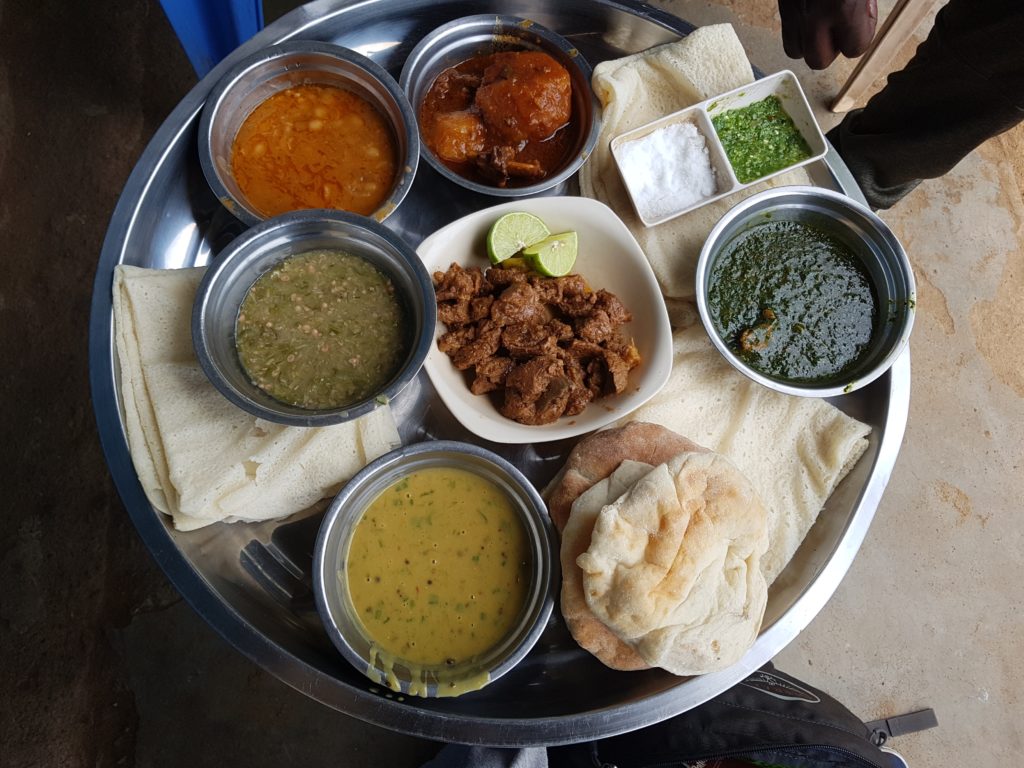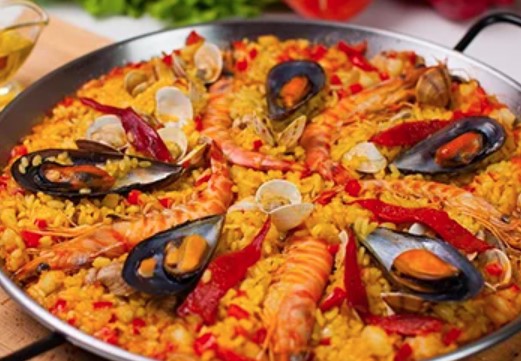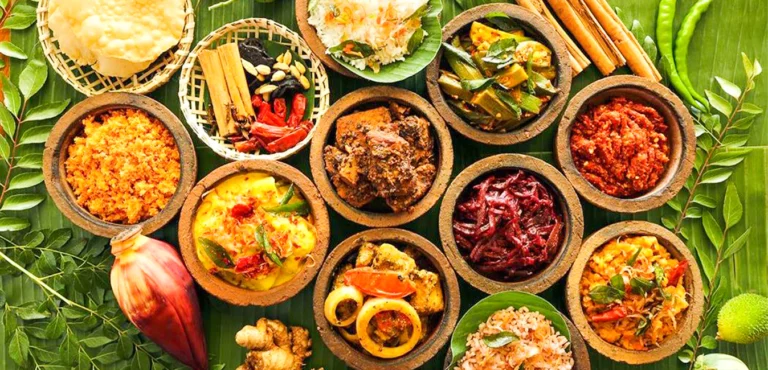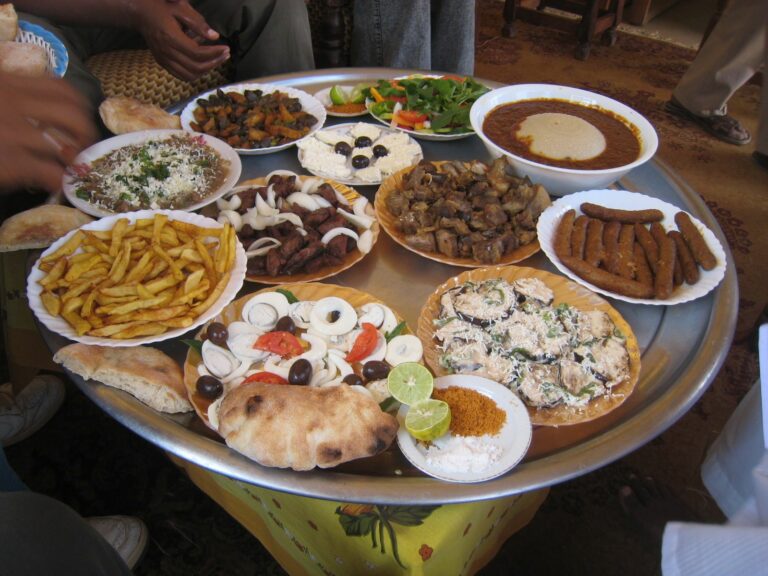Introduction: Understanding South Korean food culture
South Korean cuisine is a unique blend of traditional and modern influences. From spicy stews and barbecued meats to a variety of side dishes and soups, Korean food is known for its bold flavors and health benefits. In addition to the delicious food, there are also specific customs and dining etiquette to be aware of when dining in South Korea.
Traditional Korean food customs to be aware of
One important tradition in South Korean dining culture is the use of communal dishes. Rather than individual plates, everyone at the table shares from the same plates of food. It is considered impolite to begin eating before the eldest person at the table has started or to leave any food on your plate. Additionally, it is customary to offer a bite of your food to your dining companions as a sign of respect and camaraderie.
Another tradition is the use of floor seating, which can be seen in traditional Korean restaurants. Shoes are removed before entering the dining area, and diners sit cross-legged on cushions around a low table. If you are not comfortable sitting on the floor, it is perfectly acceptable to request a table and chairs.
The importance of sharing in Korean dining culture
In South Korea, food is a way to build and strengthen relationships. Sharing dishes and serving others before yourself shows respect and generosity. It is also common for the eldest person at the table to be served first as a sign of respect and honor.
Etiquette for using chopsticks and utensils
When dining with chopsticks, it is important to never leave your chopsticks standing vertically in a bowl of rice, as this is a gesture associated with funerals. Instead, rest them on the side of the dish or use a chopstick holder. It is also important to not use your chopsticks to point at someone, as this is considered impolite.
When using utensils, it is customary to hold your spoon and fork in your right hand and use them together to scoop and cut your food. It is also common to hold your bowl of soup or rice close to your face while eating, indicating that you are enjoying the food.
Drinking etiquette in South Korea
Drinking is often seen as a way to bond and socialize in South Korea. When pouring a drink for someone else, it is polite to hold the bottle or pitcher with two hands. It is also customary to never pour your own drink and to always refill your dining companion’s glass before your own. When drinking, it is common to take a small sip and then turn away from the person you are drinking with to show respect.
Conclusion: Embracing South Korean dining customs
South Korean dining culture is rich with traditions and etiquette that can add depth and enjoyment to your dining experience. By taking the time to learn and embrace these customs, you can show respect for the country’s history and deepen your connection to the food and the people who prepare it. So the next time you find yourself dining in South Korea, remember to embrace the communal spirit and enjoy the delicious cuisine!








